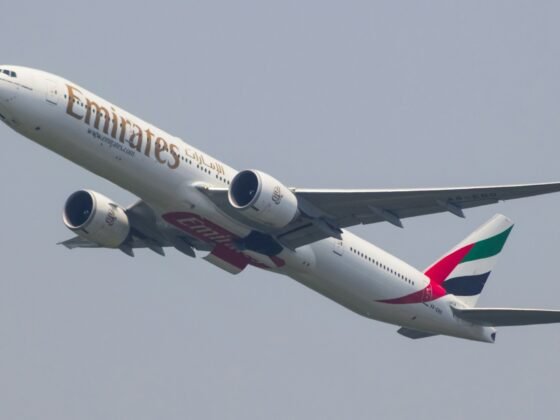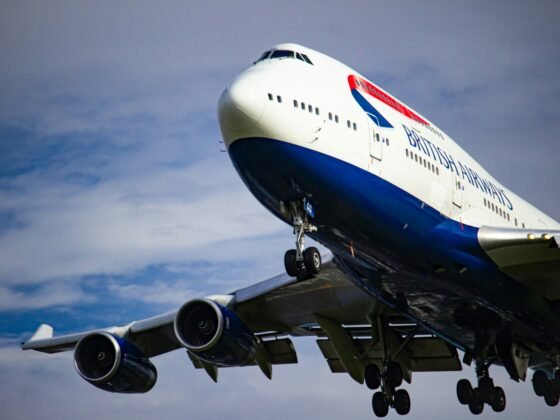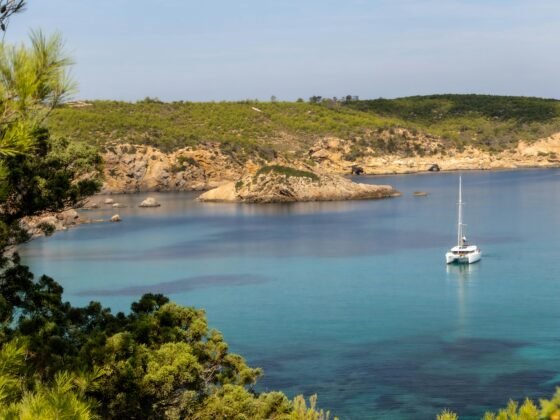If you’re thinking of visiting Southern Tanzania, you’re in for something special. Nyerere National Park, formerly part of the vast Selous Game Reserve, is one of Africa’s most unspoilt areas. It’s wild, remote, teeming with life, and offers a real sense of adventure, with exploration possible by 4×4, on foot, and by boat. With far fewer visitors than the Serengeti or the Mara in Kenya, this is a place where you can still feel like you have the wilderness largely to yourself.
Most lodges here are scattered along the Rufiji River. I stayed at the very beautiful Sand Rivers, a wonderfully positioned, low-impact riverside lodge run by Nomad Tanzania. It’s incredibly stylish, with an exceptional guiding and hosting team. But for those looking to take their safari to the next level, there’s one experience I can’t recommend highly enough: fly camping.
Fly camping, or bush camping, is often combined with a walking safari. The experience offers safari Africa in its purest form—stripping away the frills of a more established camp and really focusing on the outdoor experience.
Why leave your luxury suite?
Let’s address the obvious. You’ve travelled all this way and splashed out on a stunning, open-fronted riverside suite at Sand Rivers. So why would you choose to sleep under a mosquito net on a dry lakebed, with a bucket shower and short-drop loo, for an extra supplement?
The answer is simple: because fly camping is utterly magical.
There are no walls between you and the bush—just a mosquito net, stars, and the soft flicker of a campfire. It’s not about luxury in the traditional sense, but in the richness of the experience.
Seasons: when to go
I travelled in early November, during the build-up to the rains. It was intensely hot—temperatures reached 46°C—so the pool at Sand Rivers was a welcome relief in the afternoons, where we’d wallow like the hippos below, listening to the call of fish eagles.
Rates tend to reduce in November, and there are fewer visitors in the park overall. However, weather may impact whether fly camping can go ahead, so flexibility is key. Travelling between July and October offers optimum safari conditions and arguably the most rewarding overall experience.
Note: the lodge closes entirely during the long rains from March to May.

Arriving at Lake Tagalala
Our fly camp was set up on the edge of Lake Tagalala, a beautiful stretch of water fringed by open plains and woodland.
We were travelling with one other couple we’d met at Sand Rivers. Each couple had two tents: one small dome tent for storing bags and changing in privacy (also useful in case of rain), and another square gauze tent for sleeping—open to the breeze, with a bedroll, pillows, and fresh sheets. There was a washstand behind each tent, and a short-drop loo and bucket shower set further back among the trees for everyone to share.
Our guide Deo, and the camp staff sleep in their own tents along the lake shore.
We pulled in to camp before sunset following our afternoon drive – just in time for sundowners around the fire.
Top tip: take a quick camp tour before dark, especially to see the bush kitchen. It’s fascinating, and you’ll have even more appreciation for your three-course dinner once you’ve seen where it’s cooked.

What to pack (and wear)
If you’re planning to fly camp, here’s what I’d recommend packing:
- A head torch or handheld torch – essential!
- Lightweight, breathable clothing in natural bush colours (grey, green, khaki etc.) – ideally take layers and long sleeves to keep mosquitoes at bay and protect from the sun
- A light fleece or jacket – evenings cool slightly, especially in the dry season
- Closed shoes or walking boots – useful for both camp and the morning bush walk
- Sliders/sandals – great for camp, but make sure they have a robust sole: acacia thorns are lethal and make short work of flimsy flip flops
- Swimwear/kikoy or wrap – for the hot springs at the end of your walk
- A small daypack – to carry your camp clothes, sunscreen, water, sun hat, camera, washbag, and any other overnight essentials
Nomad supplies filtered water, towels, bedding, hand soap, and shower gel, so you can travel light.
An unforgettable night
Did I sleep? Honestly—not a lot.
I lay awake for much of the night, watching the stars track across the sky, the fire slowly fade and listening to hippos. I did drop off eventually, but at about 1am, I needed the loo—which involved a walk in the dark. I debated waking up my husband, but in the end, I braved it solo—with a torch clenched tightly in hand, heart pounding. After all, we had seen three hyenas during dinner, heard lions roaring, and the sounds of the bush play tricks on you in the dead of night…
It is worth rememberng that your guide and camp staff keep an eye and ear out and they are never far away if you need them.
Sunrise on the lake
Dawn was magical: watching the hippos return to the lake, plodding in from the bush in single file, snorting and splashing into the shallows.
Birdlife was everywhere—herons, African skimmers, yellow-billed storks—feeding along the shoreline. Breakfast was served right there at the water’s edge: hot tea and coffee, fruit, toast (with Marmite), and eggs.
A bush walk to the hot springs

After breakfast, we set off on foot with our guide for a 6km bush walk to the nearby hot springs. Walking in the wild is a thrill—every sound, scent, and track matters. We learned how to read the landscape in a new way, and by the time we reached the hot springs—having encountered a herd of buffalo, giraffe, and a crocodile at close quarters—I felt more connected to the place than ever.
We had a dip in the springs before a Nomad vehicle arrived to take us back to the comforts of Sand Rivers rounding off a fantastic experience.
The verdict
Fly camping isn’t for everyone. It might push you a little out of your comfort zone. But for outdoorsy types, it’s an optional extra that is absolutely worth pre-booking.
I loved it.

Sara travelled with Nomad Tanzania, staying 3 nights each at Kigelia Ruaha and Sand Rivers, Nyerere, with one night based at the fly camp at Lake Tagalala.












